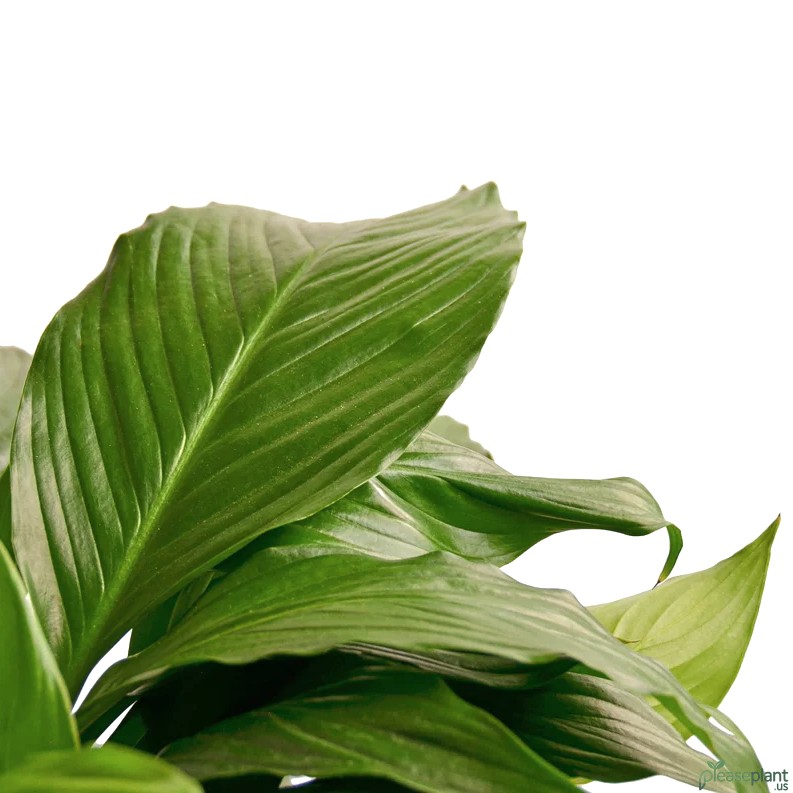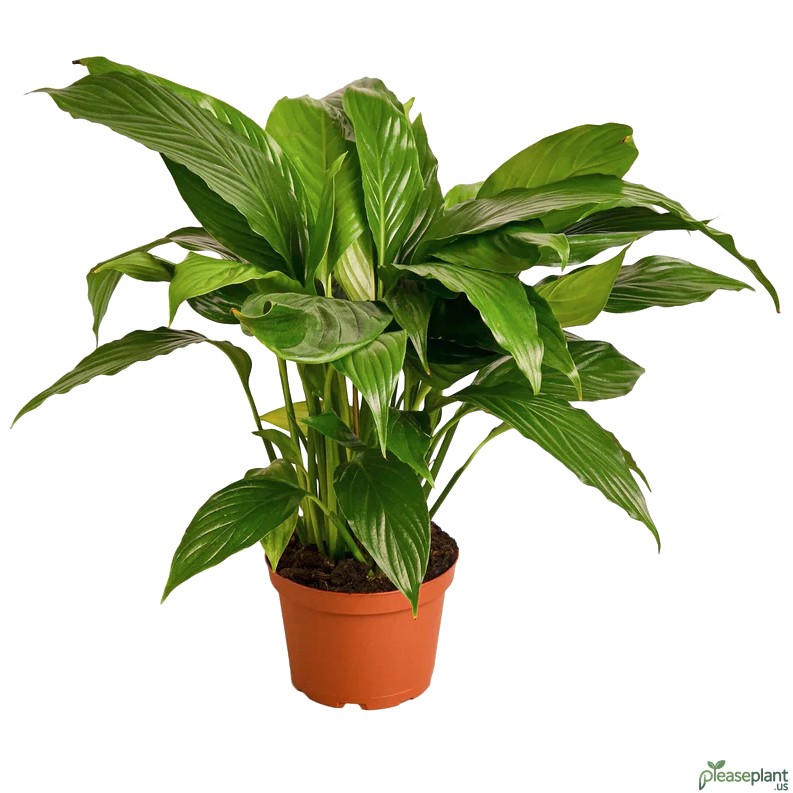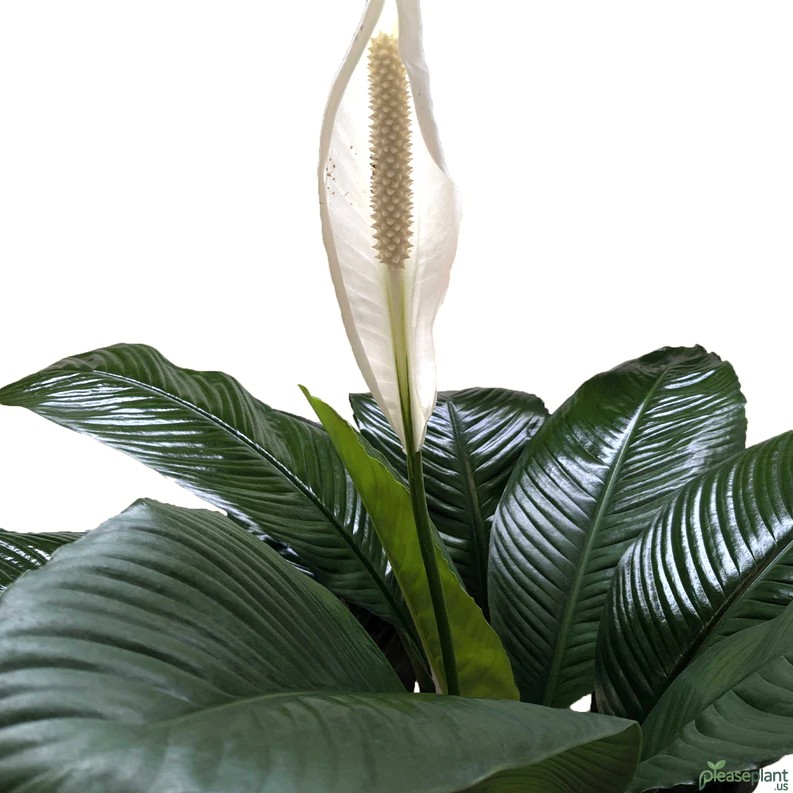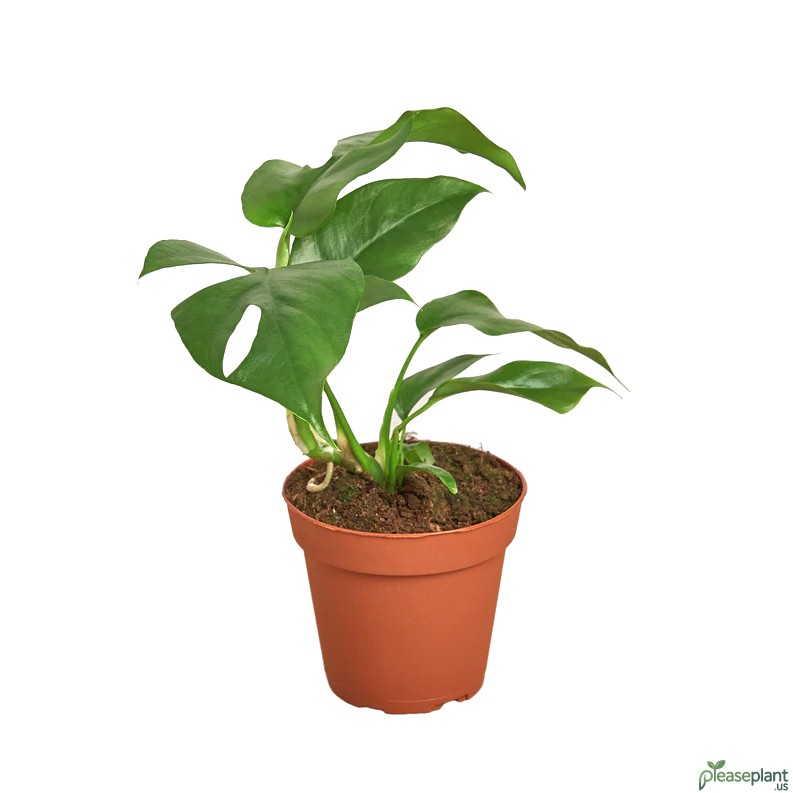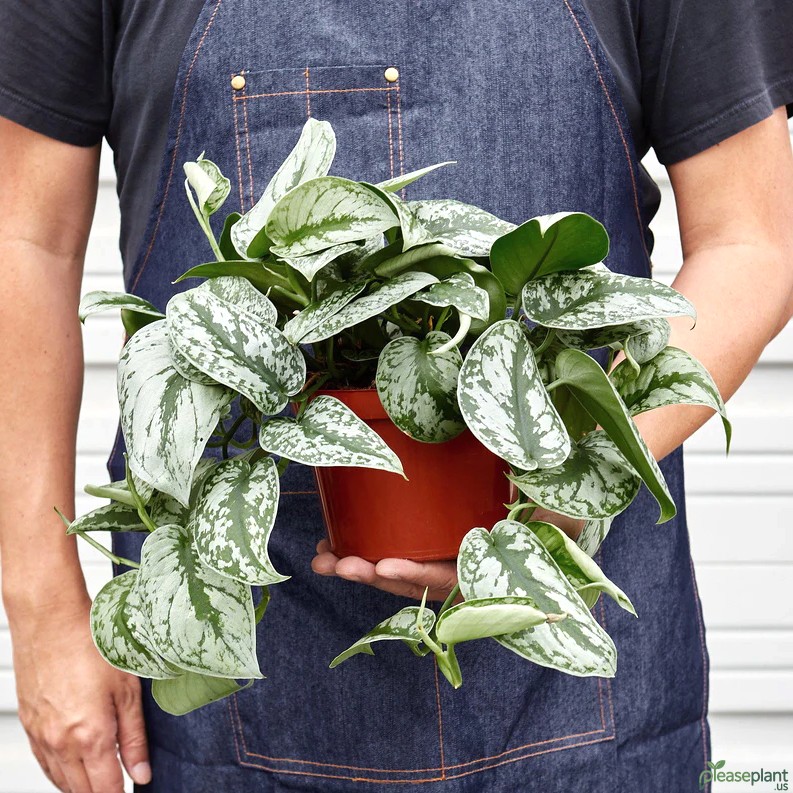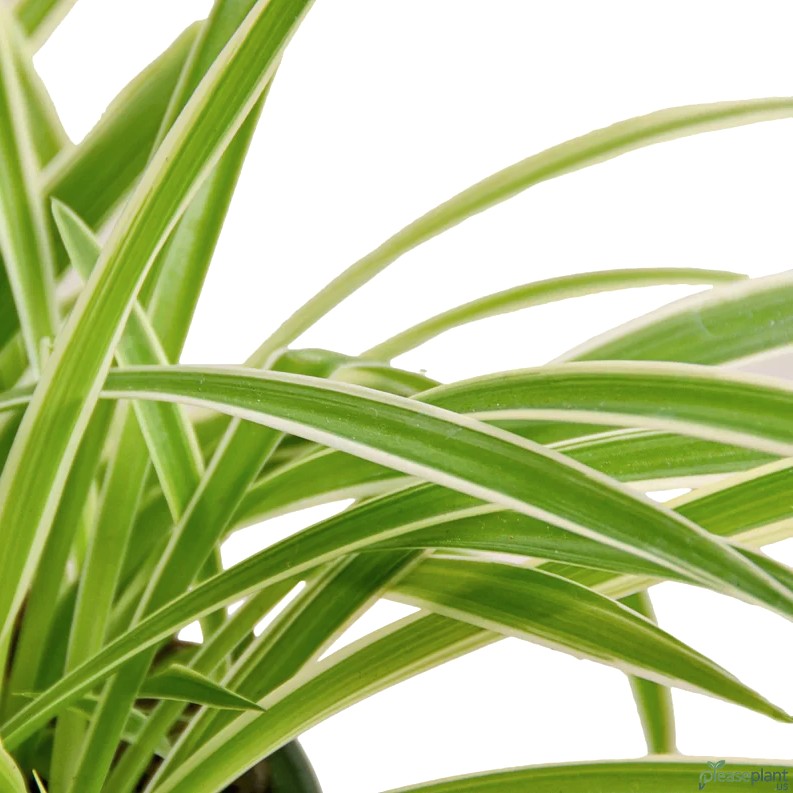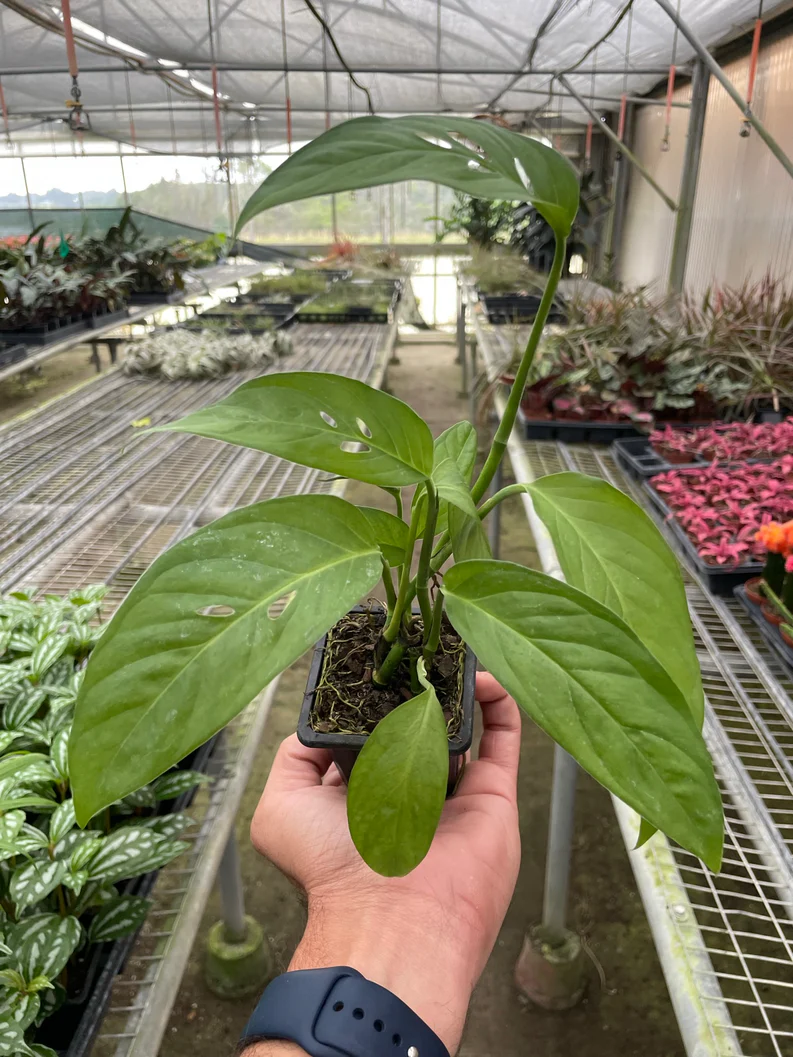Tiny bugs in your Spathiphyllum Peace Lily soil can be a real pain, right? I faced this annoying problem and found a straightforward cure that worked like a charm. No fancy chemicals, just simple steps and a bit of patience. If you're struggling with these pesky intruders in your beloved peace lily, read on to find out how I managed to save my plant and keep it happy and healthy.
When Tiny Bugs Invade Your Peace Lily's Home
Let me tell you about the time I discovered tiny bugs in the soil of my Spathiphyllum Peace Lily. I thought it was just a little dirt issue, but soon those pesky critters started making themselves way too comfortable. At first, I ignored them, thinking they were harmless, but soon the plant looked sadder than my Monday mornings. These little bugs, which looked like tiny white specks, were actually fungus gnats larvae, and they can really mess up your peace lily’s roots if left unchecked.
Why Do These Bugs Show Up?
If you’re wondering why on earth these bugs decided to move into your plant’s soil, it’s mostly down to overwatering. Peace lilies love moist soil, but too much water means a perfect breeding ground for fungus gnats. The soil stays soggy, and bam, you’ve got yourself an infestation. Also, using non-sterile potting mix or placing your plant in a humid spot can invite these unwelcome guests. Trust me, I learned this the hard way when my usually pretty and healthy Spathiphyllum started looking droopy and dull.
My Simple Cure That Actually Worked
After some trial and error, I found a simple cure that did the trick without any fancy or expensive sprays. First, I let the soil dry out a bit more than usual. Fungus gnats hate dry conditions. Then, I topped the soil with a thin layer of horticultural sand. This dry, gritty layer stops the gnats from laying eggs because they need moist soil to breed.
I also used sticky yellow traps near the plant to catch the adult gnats, which helped reduce their numbers. For the soil itself, I mixed in some neem oil diluted with water and watered the plant carefully. Neem oil is a natural insecticide and it’s safe for your peace lily. This combo of drying the soil, using sand, sticky traps, and neem oil worked wonders and within a few weeks, the bugs were gone and my plant perked right back up.
Preventing Bugs From Coming Back
Prevention is key, as usual. I now water my Spathiphyllum only when the top inch of soil feels dry, and I avoid letting water sit in the saucer. Also, I make sure to use fresh, sterile potting soil when repotting. Oh, and placing the plant in a spot with good airflow but not too drafty also helps keep the bugs away. Trust me, keeping your Spathiphyllum happy means understanding its watering needs and soil conditions well.
A Little Patience Goes a Long Way
Don’t expect an overnight miracle, though. These bugs can be stubborn little devils, and treatment takes time. But with consistent care and the simple fixes I shared, your Peace Lily will come back healthy and bug-free. I was amazed how just a few easy steps saved my beloved plant, and I’m sure it can help you too. So, next time you spot those tiny bugs, don’t panic – just follow this no-nonsense cure and you’ll be fine!

